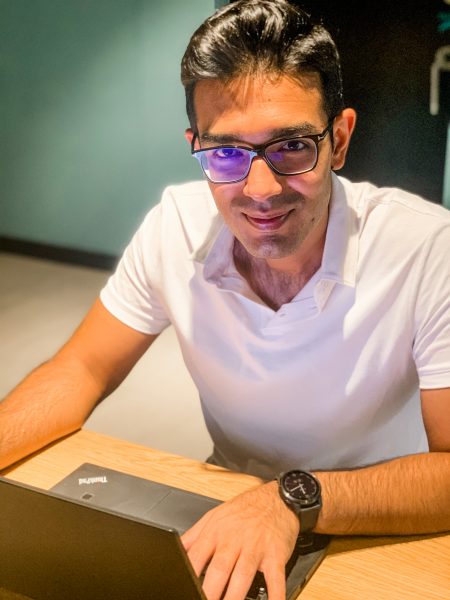 A single search for cereal typed into Carrefour’s website yields 220 results. Cereals range from fitness cereals to kids’ cereals, fibre cereals, family cereals and more. You can filter the result by brand, price, net weight and even country of origin. A search result online for the hashtag ‘#cereal’ yields even more results (2.1 million posts on the last count). For consumers, how many choices is too many? The answer evidently isn’t 220-plus types of cereal. For marketers, this question becomes even more convoluted as the marketplace becomes more crowded. In a digital-first environment, it isn’t enough to get customers to become aware of your product. Awareness can come in the form of targeted media ads.
A single search for cereal typed into Carrefour’s website yields 220 results. Cereals range from fitness cereals to kids’ cereals, fibre cereals, family cereals and more. You can filter the result by brand, price, net weight and even country of origin. A search result online for the hashtag ‘#cereal’ yields even more results (2.1 million posts on the last count). For consumers, how many choices is too many? The answer evidently isn’t 220-plus types of cereal. For marketers, this question becomes even more convoluted as the marketplace becomes more crowded. In a digital-first environment, it isn’t enough to get customers to become aware of your product. Awareness can come in the form of targeted media ads.
The path to purchase really begins at the consideration stage.
What better way to get your customer to consider your product’s many benefits than sampling? The customer gets to experience the product first-hand, deciding almost immediately if this is the cereal that is meant to be. It is an age-old practice, yielding almost instant results. A 2018 study shows that sampling exercises have a proven track record of sales uplifts of more than 250 per cent. It enhances the shopping experience and customers are most likely to purchase a full-size product after trying it. For marketers, too, it’s almost like watching product feedback in real-time; a Mad Men–like viewing party with a one-way mirror. Sampling, as we know, works. The question remains if it still works in a constantly evolving landscape. Traditional sampling practices (that is, in-store) are not nearly as effective as they were three years ago.
Targeted media buying, where customer demographics are available to make informed decisions, seem to be a better investment than in-store sampling. Hyper segmentation, or, at the very least, segmentation, has become increasingly important in a crowded marketplace. Wasted samples due to untargeted distribution and a lack of guaranteed sales have recently made marketers cautious, if not deterred them altogether from sampling practices. The pandemic has added another layer of challenge to an already flailing practice as safety and hygiene become paramount. Sampling is also no longer restricted to the price-conscious consumer. In the age of unprecedented times, price-conscious and quality-conscious consumers both want to make careful choices.
Digital media spend has performed better, with its ability to laser focus on the ideal consumer base. It is also where customers now spend most of their time. An active Instagram account has given brands access to something that was previously more challenging (and expensive) to attain: a seat in the conversation among their high-value consumers. However, is the experience truly satiating without the customer actually being able to try the product physically?
By combining the merits of both, a smarter sampling solution could provide two key things: an enhanced product experience that allows customers to swiftly move past awareness straight into consideration, and a measurable, actionable way to make your data work for you. It can also provide a bridge between you and the customer to foster a long-term relationship, converting them into brand loyalists (dare we say, evangelists too?).
That’s why we set up the smart sampling, direct-to-consumer website Tryloka.com. Consumer packaged goods marketers can hyper-target, deliver and measure sampling campaigns more effectively. They reach consumers digitally, getting real-time campaign results and impartial consumer feedback. The AI-based platform removes all ambiguity from sampling practices, allowing you to segment by demographics, psychographics, lifestyle and interests. A growing community of more than 5,000 users across the UAE are matched only to product samples that they will use and provide feedback on. They claim the samples that interest them, and these are delivered to their door. For users, the platform is free, allowing for an unbiased ratings and reviews system. So far, since June, we’ve accumulated close to 35,000 answers from 85 nationalities, allowing brands to better understand consumer profiles, buying decisions, trends and feedback for sampled products. Reporting in a measurable, digestible format has allowed brands to peer into tangible insights.
It is not enough to simply make sampling an essential cog in your marketing wheel. It is now essential to make it smart.









